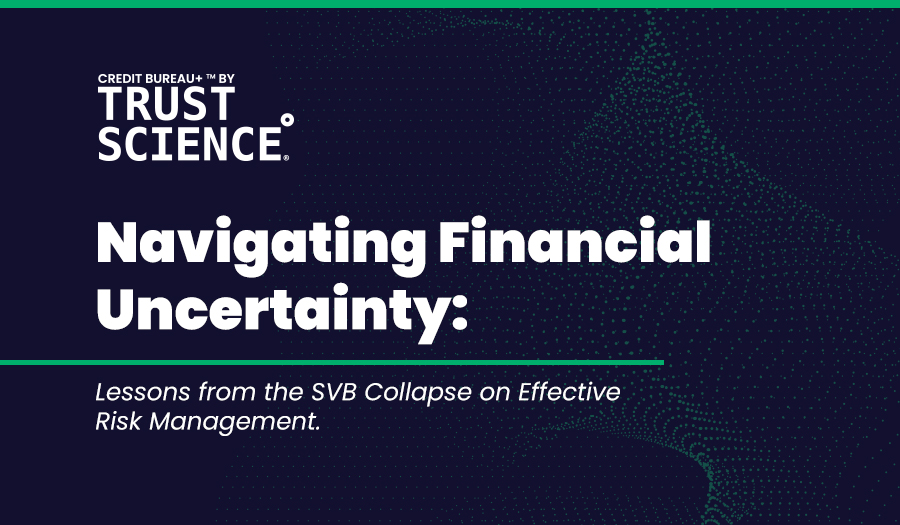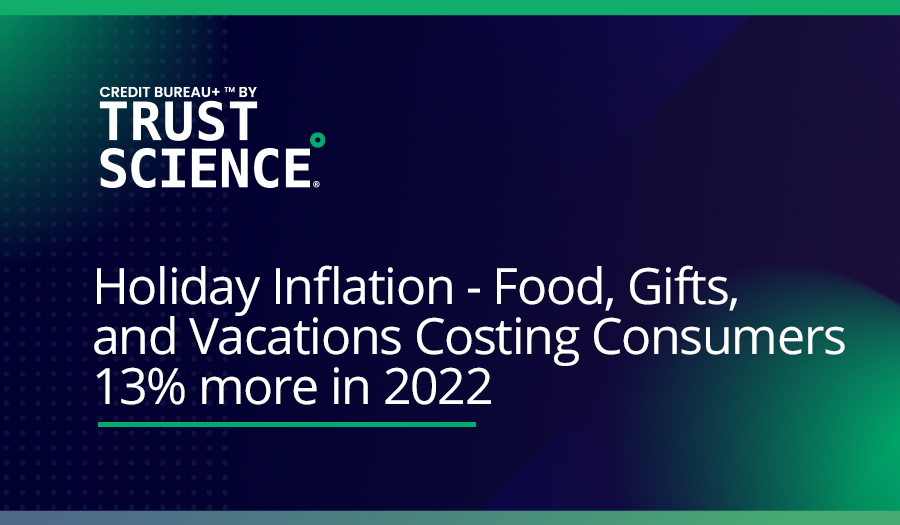At Trust Science we’ve been firm believers in the use of alternative data to not only serve the underbanked but also give lenders more accuracy in predicting good vs bad loans and the ability to serve more customers.
Trust Science was founded with the mission to for every single person to be able to get the credit they deserve. We knew the credit underwriting industry was in dire need for change, and it required innovation to take credit decisioning and credit scoring to the next level.
So we worked on a way to provide an online platform for lenders that gave them custom scores based on their business, loan types, geographies and consumers. Plus, we made our scores dynamic so that they could adapt based on new variables; variables that could include market conditions, interest rates, and regulatory changes. We powered the platform with machine learning and AI and considered all of the potential data sources that could provide the most accurate insights for lenders.
Alternative data was a big piece of the data puzzle. We knew we needed to enable lenders with the means to score any applicant, and give any consumer the ability to get the credit they deserve.
Alternative Data for Credit Underwriting
In the US almost ⅓ of borrowers don’t have access to credit because of old ways: old technology, old data, old systems. Traditional credit scoring uses data that is limited to a few sources, versus providing a robust and complete picture of the borrower. This is especially important for those thin files or credit invisibles who lack data in the traditional and limited sources used for credit scoring. A fundamental pillar of our offering is based on data.
We use what we call the data trifecta:
- Lender data
- Market data
- Our own proprietary data
Combined, the data trifecta provides lenders with:
-
- Financial data – which includes both Bureau and Banking
-
- Public data
-
- Consented data
-
- Financial inclusive data
-
- Insights garnered from aggregate data sources
And, for the most part our “bank” of data includes alternative data sources. So, if you’re a credit underwriter considering ways to get more predictable credit scores and using alternative data to do so, here’s a bit of a cheat sheet.
1. What is alternative data?
Anything that isn’t ‘traditional credit scoring data’, traditional data is:
- Tradelines – personal, auto, mortgage, student
- Public records
- Credit inquiry
2. What key benefits does alternative data provide?
Alternative data is important for those people where the bureau data does not provide a good view of the borrower’s financial responsibility. Alternate data can fill in the gaps to give lenders the ability to not only score ⅓ of Americans who are underbanked and not scored today, but to also better predict the credit risk of any borrower.
Additional benefits include:
- More predictable scores
- Less human error in predicting credit risk
- Enabling automated decisioning, more predictability and accuracy necessitates less manual credit decisioning
3. What do you need to consider when using alternative data for credit scoring?
Since the introduction of alternative data, concerns have been raised regarding potential discrimination and privacy issues. Would the use of alternative data discriminate against those who belong to a protected class? According to a recent study, fintech lenders actually have a much smaller lending gap attributed to credit discrimination than traditional lenders, discriminating 40% less than face-to-face lenders.
To reduce discrimination, ensure your data is:
- Compliant
- Unbiased
- Consented
Furthermore, in the joint statement by the five federal regulators, they said, “the use of certain alternative data may present no greater risks than data traditionally used in the credit evaluation process.” They also stated that the use of alternative data should comply with applicable consumer protection laws, like the FCRA.
4. What does no one ever mention that should be considered in using alternative data?
- Data prep – cleansing, accessing, storing
- Neutrality – you want someone who can act as a neutral third-party to multiple and varied data sources in providing credit scores
- Data context – you need the right data to make the right decisions, but combing through historical records is not enough. You also need individual data about the geography, loan type and consumer.
- Unintended discrimination – wrong use of alternative data may expose the business to potential anti-discrimination lawsuits. Great care needs to be taken to de-biase alternative data and ensure fairness in decisions that are based on them.
- Inaccurate information – without adequate controls, wrong alternative data may be resolved to a loan application. This is one of entity resolution complications that could arise from use of alternative data if proper governance checks are not enabled.
- Incomplete information – changes in technologies may lead to insufficient longitudinal data on consumers and as such lead to partial view of their creditworthiness.
5. How do I get started?
- Define all the targets/credit decisions for which you are trying to predict
- Determine if you have enough historical records to build machine learning credit scoring models
- List the types of consumers for which you’d like to have access but don’t have available information (data)
- Vet vendors who can provide machine learning credit scoring models as well as alternative data
See our patented alternative data models go toe-to-toe with traditional scoring methods in the ultimate underwriting showdown.






